-
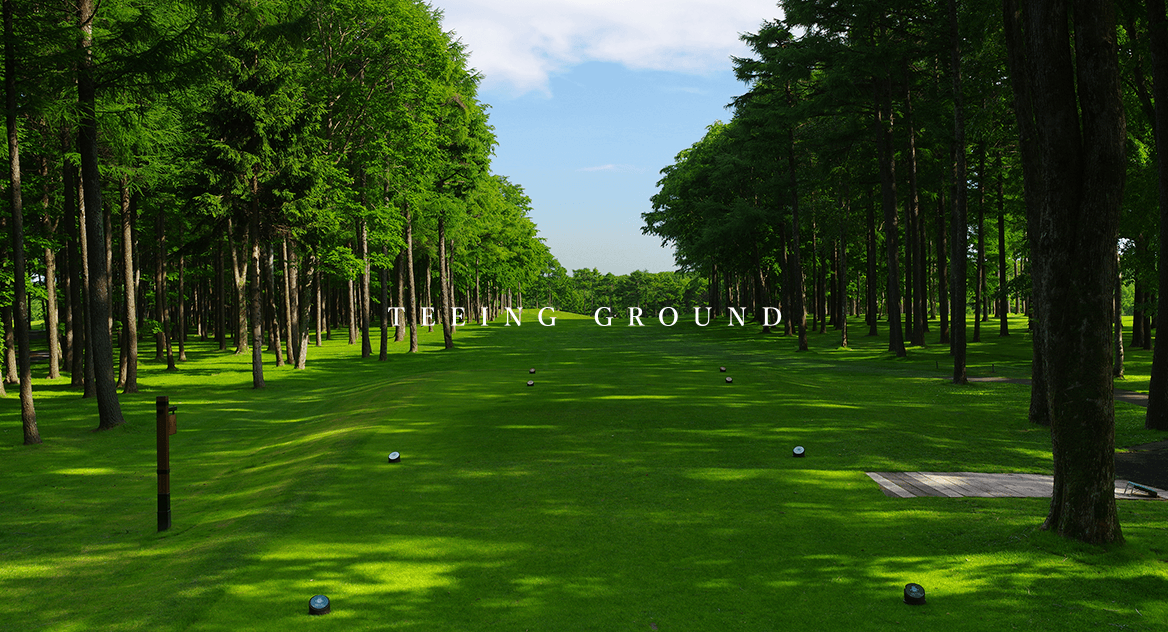
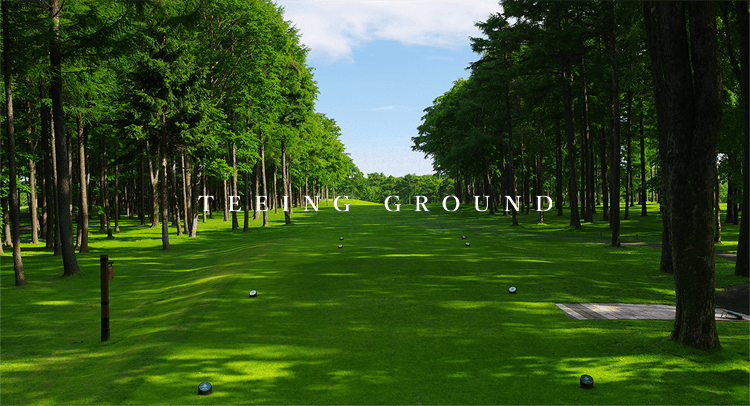
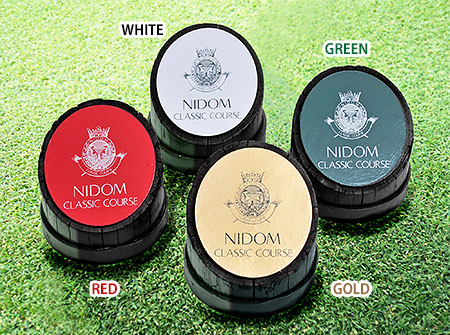 There are four teeing grounds for every hole, each designated a different color and each designed for a varying level of golfer. The lawn is Kentucky bluegrass.
There are four teeing grounds for every hole, each designated a different color and each designed for a varying level of golfer. The lawn is Kentucky bluegrass.
Request your teeing ground color for the round at the caddie master’s office or with the caddie in charge of your round.- Green Tee
- This is the championship tee of Nidom Classic, recommended for athletic golfers and low handicappers. This challenging course set-up will test all your strength, skill and brain.
- White Tee
- This is recommended for average golfers. The extensive and tough course is enjoyable but tricky. Players will have to employ a strategic approach for their round.
- Gold Tee
- This is recommended for older golfers. Although the distance setting is relatively easy, precise shots are required to avoid hazards on the course. Have a pleasant round while enjoying the scenery of Nidom.
- Red Tee
- This is recommended for female golfers.
Set amid beautiful natural surrounds, even holes that look easy demand varied shot selection, allowing players to enjoy a highly strategic round just like playing from the Gold Tee.
-
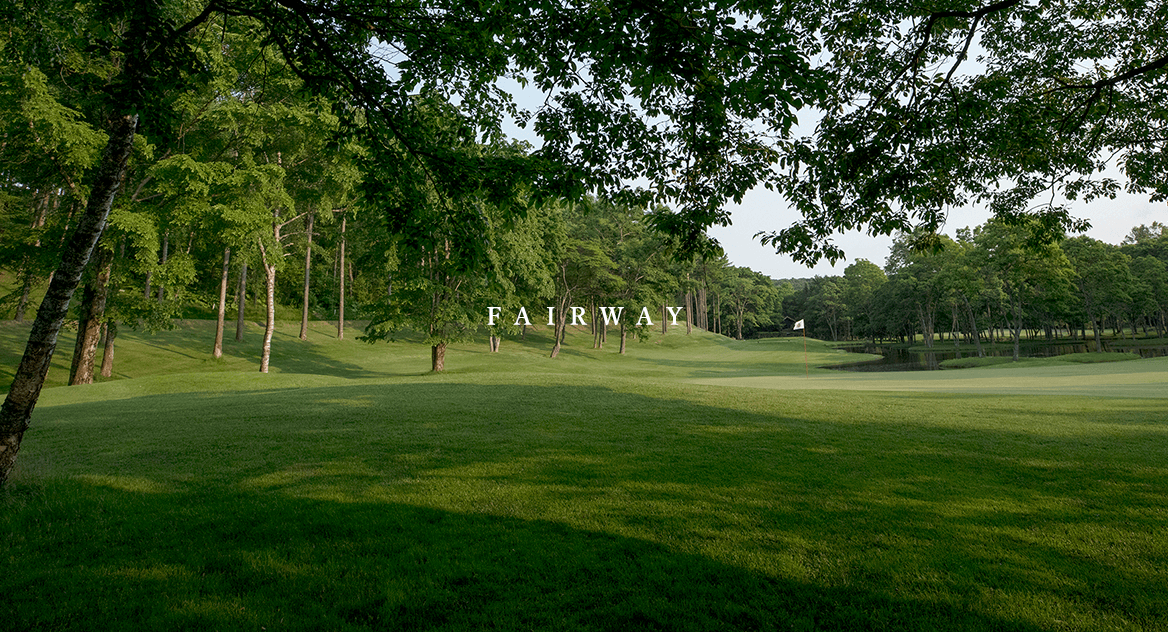
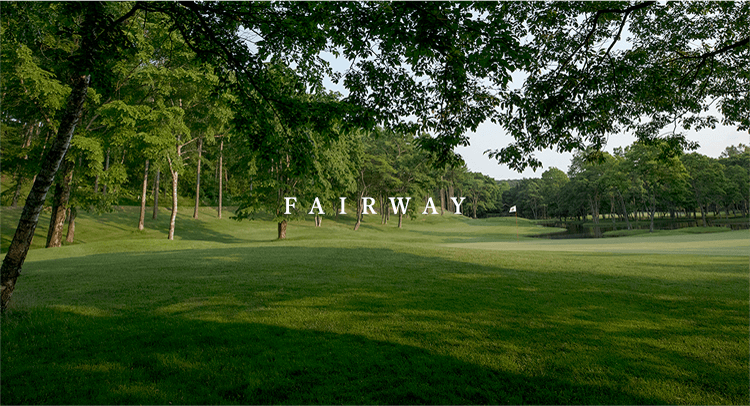
Nidom Classic uses ryegrass and Kentucky bluegrass for the fairways and rough. Clear boundaries are set by maintaining a standard cutting height of 12mm for the fairway and 23mm for the rough, respectively. Beautiful but tough courses with up- and down-grain are created by precise zebra cutting. The normal shot landing areas are wide and the rest have tight lies. With well-balanced difficulty levels, it is an ideal setting to enjoy golf.
-
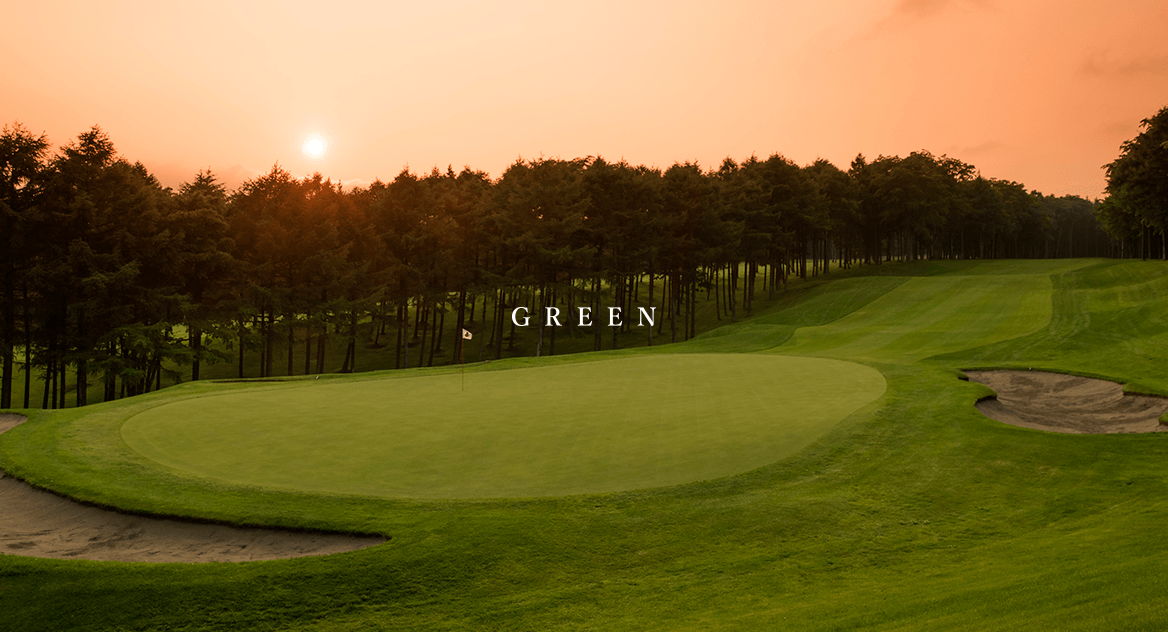

The type of grass used for greens is Pencross. The cutting height is usually 3 to 4 mm with a Stimp rating of 9.5 to 11. The standard hardness level (compaction value) is 22 to 23. Having a green surface with unique undulations and almost no grain makes the golf course fair for all golfers. Aeration conducted in spring and autumn facilitates root spreading of the lawn, while joint sand is spread frequently to keep the surface flat to maintain green quality that allows balls to keep spinning and roll smoothly.
-
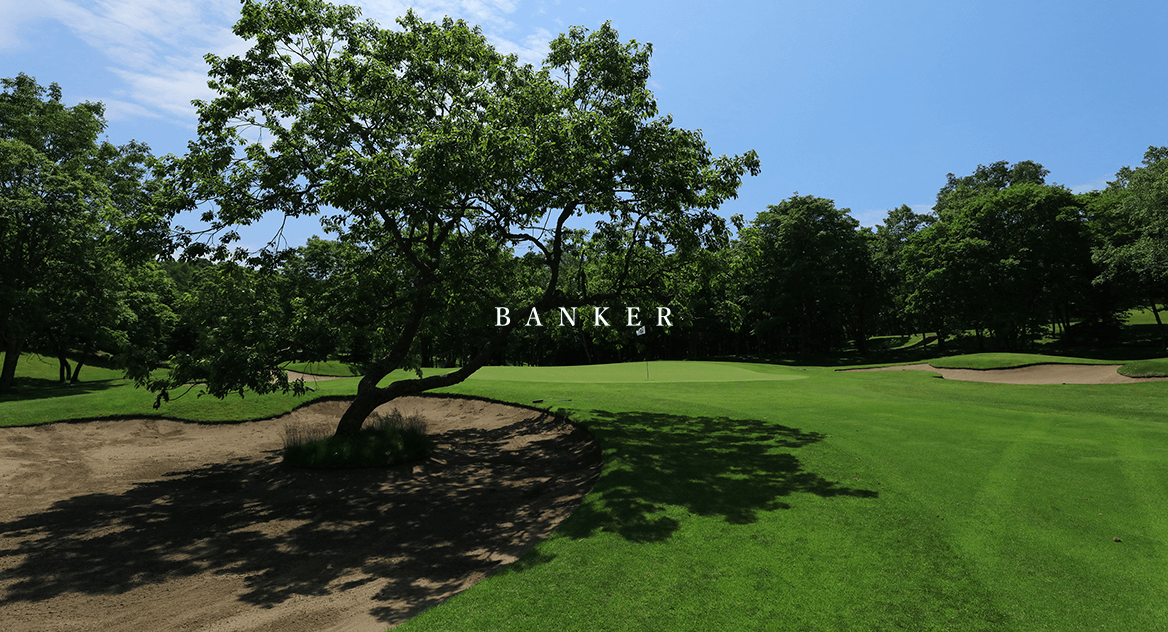

Cross bunkers are situated to overlap partially with shot landing areas to make courses more interesting. Since natural undulations are maintained, there are many lies in bunkers where address positions are sloped to the front, back, left or right. Most holes are designed to have green-side guard bunkers. In holes with large greens, a long bunker shot may be necessary depending on the pin position. Trees are left unremoved in bunkers in some holes to make them unique and difficult at the same time. Nidom Classic’s 152 bunkers are arranged perfectly across the 54 holes. Get the feel of the fine bunker sand from Hokkaido’s Ishikari Beach for a successful explosion shot.
-
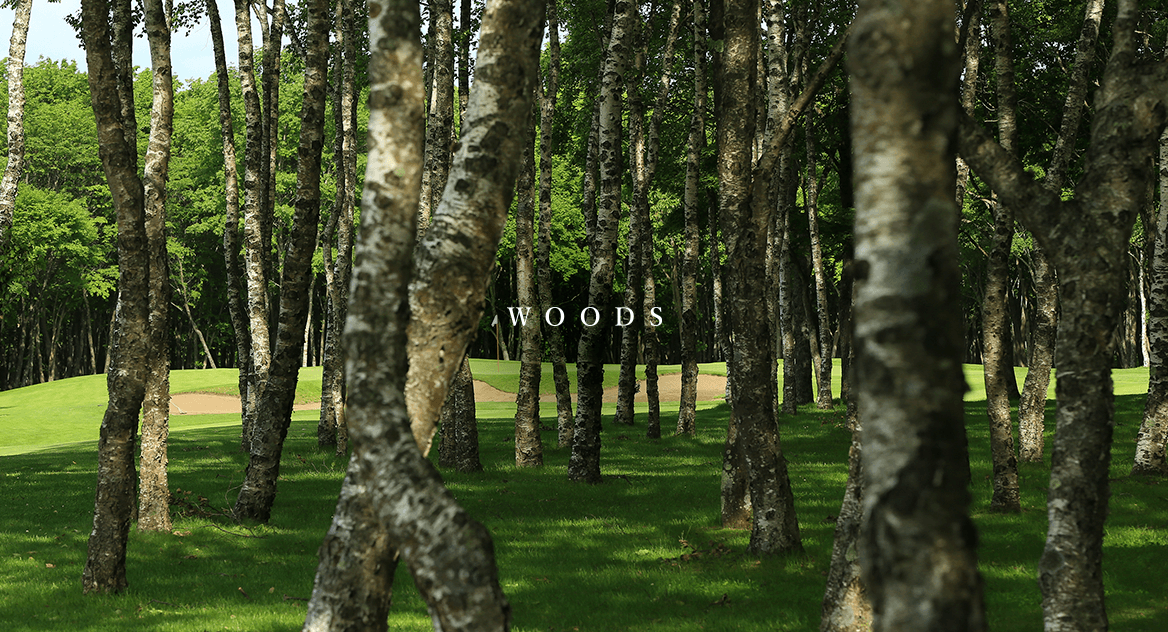
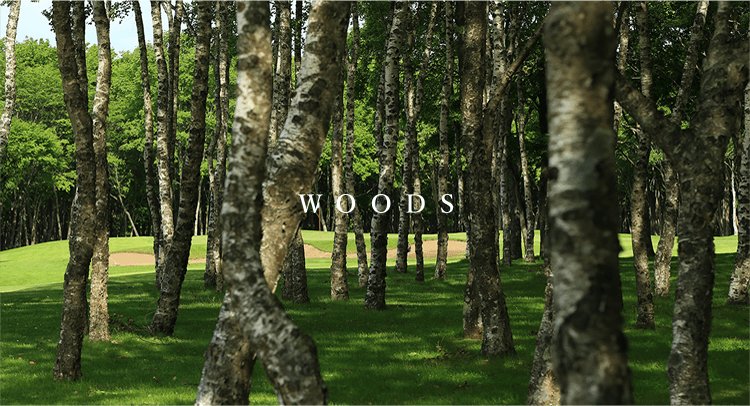
Nidom’s forests consist of Japanese larch, Sakhalin spruce and other conifers planted in the past, as well as Mongolian oak, konara oak, painted maple and other broadleaf trees. Also with Japanese alder, reed and other wetland plants around swamps, rustic landscapes can be enjoyed in each season.
-
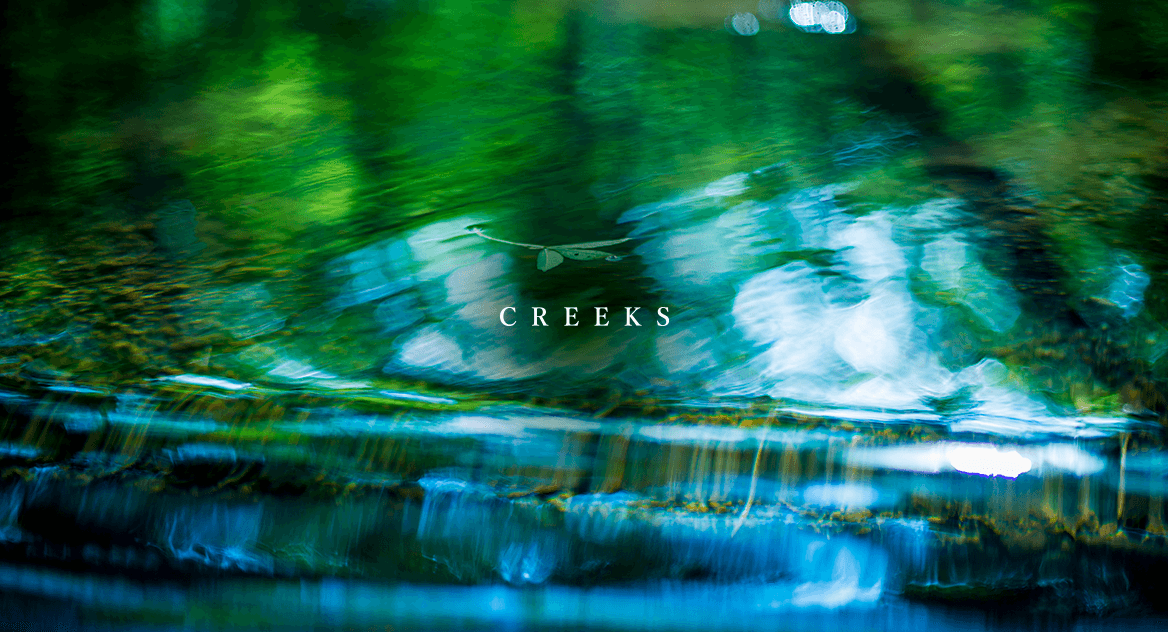
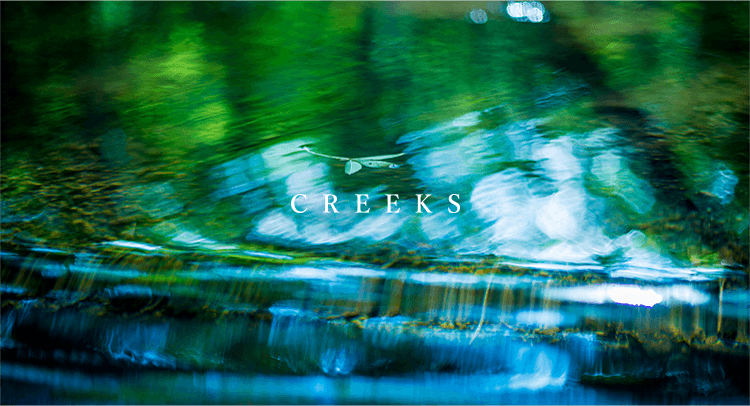
The source of both the Otarumappu and Tokisatamappu rivers flowing through Nidom is subsoil water from Lake Shikotsu. The clear streams that nurture landlocked masu salmon provide precious watering places for sika deer and other animals and form a wetland where various wild birds and aquatic plants live. The two rivers then join the Yufutsu River and flow into Lake Utonai.
-
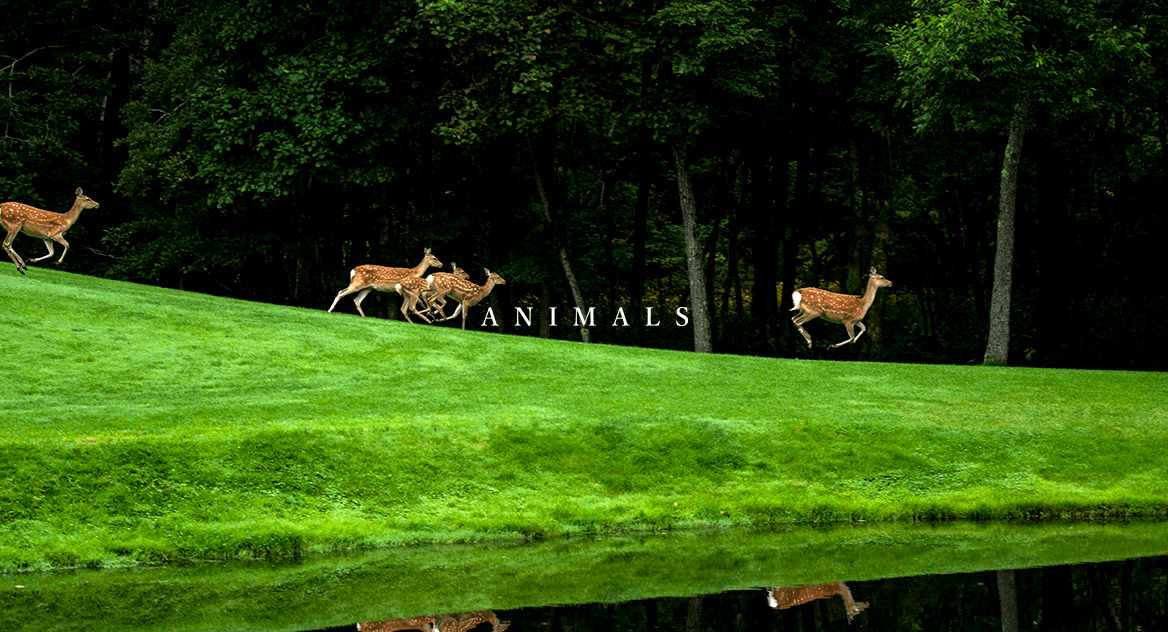
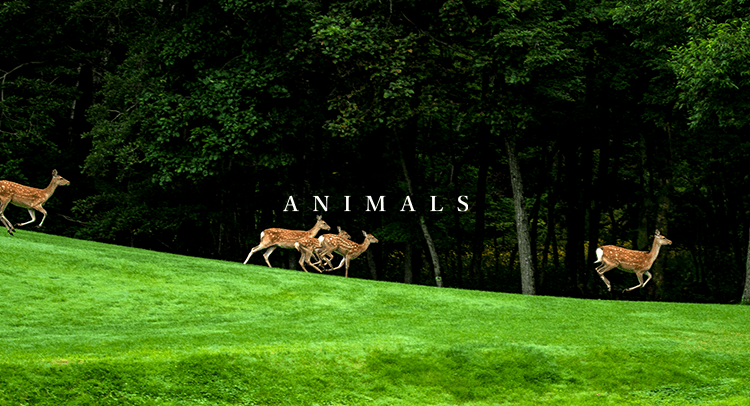
Nidom’s forests are a habitat for various creatures. There are Hokkaido squirrel, chipmunk, mountain hare, red fox and other small and medium-sized mammals. Large Hokkaido sika deer form family groups and sometimes walk leisurely through the courses. There are a wide variety of birds, including great spotted woodpecker, Japanese pygmy woodpecker, narcissus flycatcher, blue-and-white flycatcher, tree sparrow, cuckoo, skylark, kingfisher and gray wagtail. Nidom is a true sanctuary for wildlife.
-
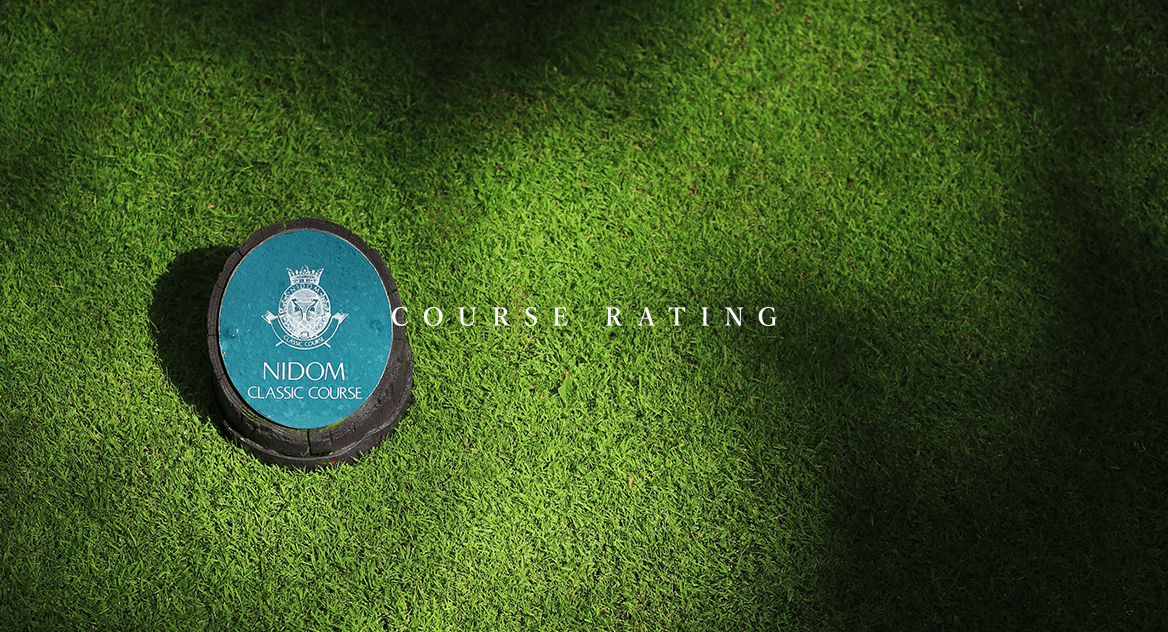
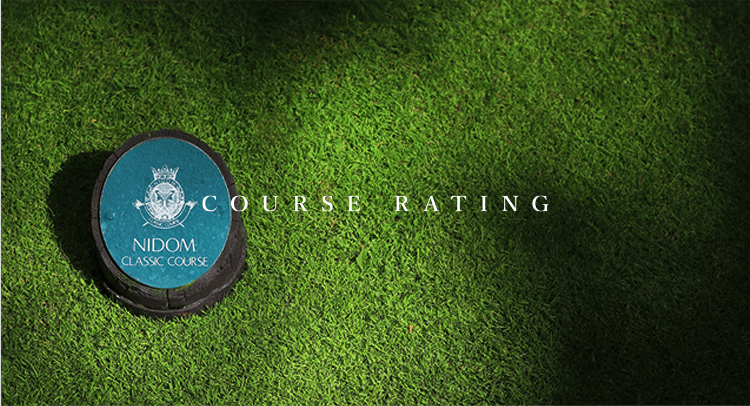
See the table below for the course rate and slope rating of each course.
■ Slope rating: The slope rating is a value with which score variations are calculated depending on the golfer’s skill and the difficulty of the course using the USGA Handicap System currently adopted in approximately 60 countries and regions in the world. The average value is 113 and values larger than this mean higher difficulty and smaller values mean lower difficulty levels. To determine a course handicap, multiply your handicap index by the slope rating value and divide it by 113.
■ Example (course handicap for a person with a handicap of 15 starting the round from the White Tee on the Nispa Course)
15×130÷113=17 (rounded off to the closest whole number)Courses Teeing grounds Course rates Slope rating Nispa Course Green Tee 73.5 137 White Tee 70.5 130 Gold Tee 67.4 123 Red Tee Ikoro Course
(Ashiri/Pirika)Green Tee 72.4 134 White Tee 70.5 130 Gold Tee 68.4 125 Red Tee Ikoro Course
(Pirika/Kamui)Green Tee 73.3 133 White Tee 71.4 129 Gold Tee 68.9 123 Red Tee Ikoro Course
(Kamui/Ashiri)Green Tee 72.3 130 White Tee 70.5 126 Gold Tee 68.1 121 Red Tee 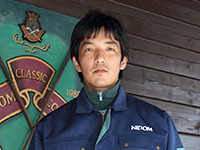
Course manager/green keeper: Tomoya Wakakonai
To satisfy customers, I manage the course to make the most of its excellent environment and location.
In addition to the highly strategic course layout, the improved turf quality of Nidom Classic makes it a course that cannot be experienced anywhere else.Profile
Tomoya Wakakonai joined the Nidom Classic Course in 1998. He worked for the Japan PGA Match-Play Championship for ten consecutive years until 2003. Between 2004 and 2007, he worked for the Sun Chlorella Classic tournament hosted by the JGTO.
From 2008, he worked as a sub-keeper and undertook course maintenance of all the bent grass lawns of the Hayakita Course at the Hokkaido Classic Golf Club. He has been the head green keeper of the Nidom Classic Course since the spring of 2013.
















































